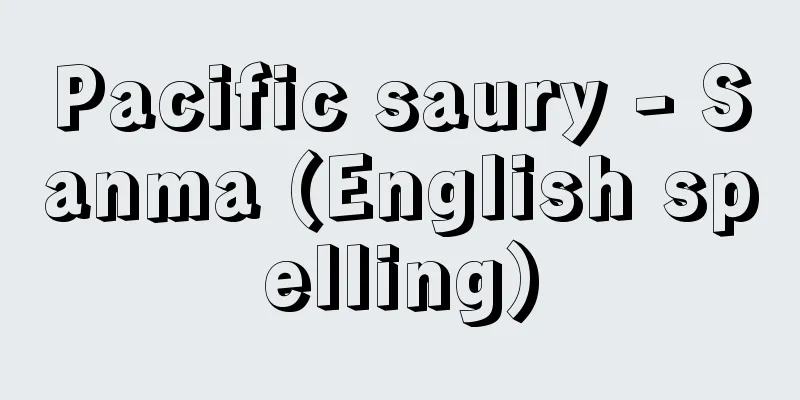Harasekitei

|
Haiku poet. Born in Enya Village, Shimane Prefecture (present-day Izumo City). His real name was Kanae. He began composing songs and haiku from middle school, and studied at Kyoto Medical College to take over the family business of medicine, but dropped out and moved to Tokyo. He tried to become a newspaper reporter with the help of Takahama Kyoshi, but was advised to return home, and helped his brother with his medical practice in the mountains of Yoshino. Kyoshi recognized his gorgeous and powerful poems about the nature and human feelings of Yoshino, and they graced the pages of the Hototogisu magazine in the early Taisho period. He returned to his hometown for a time, but lived a life of nomadism before moving to Tokyo in 1915 (Taisho 4). He joined the Hototogisu Company, and in 1921 he became the publisher and editor-in-chief of Kabiya. Around 1923, his health began to deteriorate, and he retired to Ninomiya, Kanagawa Prefecture. His haiku collections include "Kaei" (Shadow of Flowers) (1937) and "The Definitive Collection of Sekitei Haiku" (1968). [Motomi Izawa] The shadows of the flowers are like a basha, and I can't help but step on them. The moon is shining brightly. I'm so lonely that I once again strike the gong, Kabiya no Kami. "Modern Japanese Literature Series 95: Modern Haiku Collection" (1973, Chikuma Shobo) ▽ "Haiku Poet Harasekitei by Yoshihiro Komuro" (1973, Meiji Shoin) [Reference] |Source: Shogakukan Encyclopedia Nipponica About Encyclopedia Nipponica Information | Legend |
|
俳人。島根県塩冶(えんや)村(現出雲(いずも)市)に生まれる。本名鼎(かなえ)。中学時代より歌や俳句をつくり、家業の医を継ごうと京都医学専門学校に学んだが中退して上京し、高浜虚子(きょし)を頼って新聞記者になろうとしたが帰郷を勧められ、吉野山中で兄の医業を手伝う。吉野の自然、人情を詠んだ豪華で強い調子の句が虚子に認められ、大正初頭の『ホトトギス』を飾った。いったん帰郷したが流浪の生活を送り1915年(大正4)上京。ホトトギス社に入り、21年から『鹿火屋(かびや)』を発行主宰。23年ごろから健康を害して神奈川県二宮(にのみや)に隠棲(いんせい)した。句集は『花影(かえい)』(1937)、『定本石鼎句集』(1968)など。 [伊澤元美] 花影(かえい)婆娑(ばさ)と踏むべくありぬ岨(そば)の月 『『現代日本文学大系95 現代句集』(1973・筑摩書房)』▽『小室善弘著『俳人原石鼎』(1973・明治書院)』 [参照項目] |出典 小学館 日本大百科全書(ニッポニカ)日本大百科全書(ニッポニカ)について 情報 | 凡例 |
Recommend
Janakpur (English spelling)
A town in southeastern Nepal. It is the center of ...
Addressee - Atedokoro
1. The address of the person to whom mail or other...
Execution - Shugyo
〘 noun 〙① (━suru) To carry out Buddhist, political...
Kojiki Kayo - Listen to it
A general term for songs found in the Kojiki and N...
Fly (hae) - fly (English spelling)
A general term for insects belonging to the subor...
《The Mysterious Professor Mabuse》
...In the chaotic and decadent society of Germany...
Natural Language Processing
With the advent of computers, programming languag...
Tallinn - Tallin (English spelling)
The capital of the Republic of Estonia. It faces ...
throw forward
…smother tackleA tackle in which the opponent is ...
Hercule [I] - Hercule
…In 1167, the city joined the Lombard League agai...
Augusta Windericum - Augusta Windericum
...A city in Bavaria, southern Germany. Populatio...
Bassani - Bassani (English spelling) Giorgio Bassani
Italian author. Born in Bologna. During the Fasci...
Kenso - Kenso
The 11th emperor of the Tang Dynasty in China (re...
Amide - Amido (English spelling)
Generally, when the term "amide" is use...
Pudu - Pudu (English spelling)
A mammal of the Cervidae family in the even-toed o...









